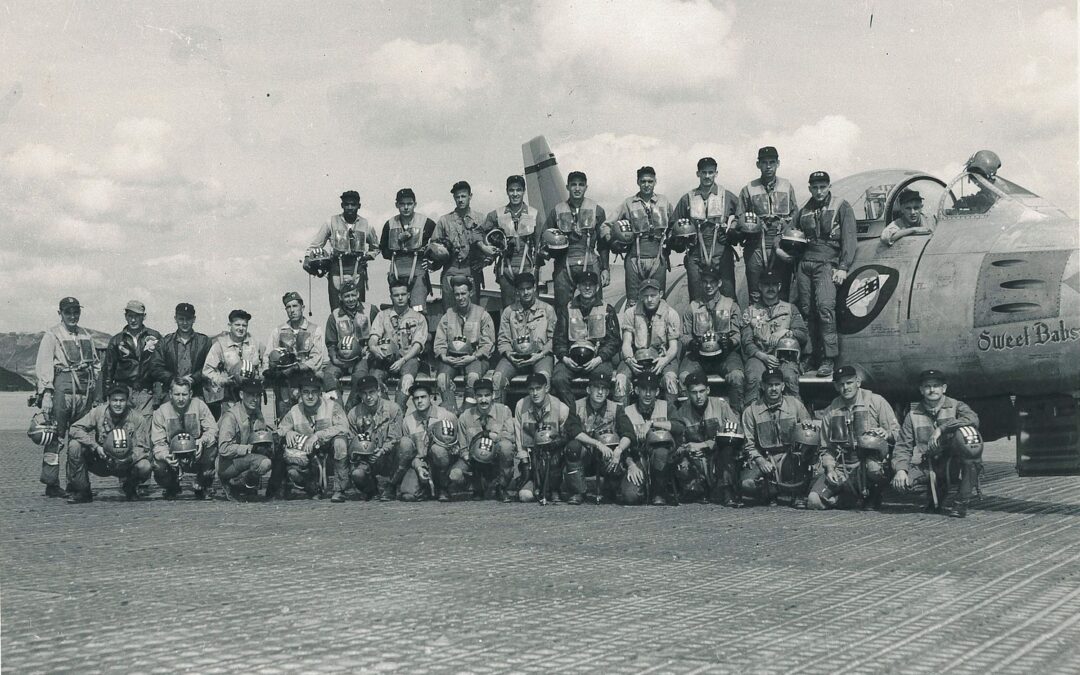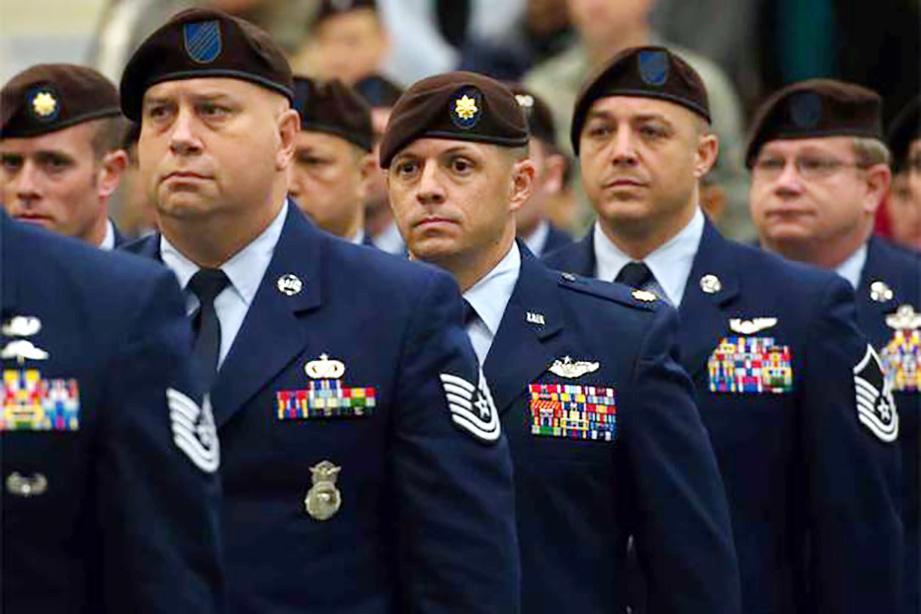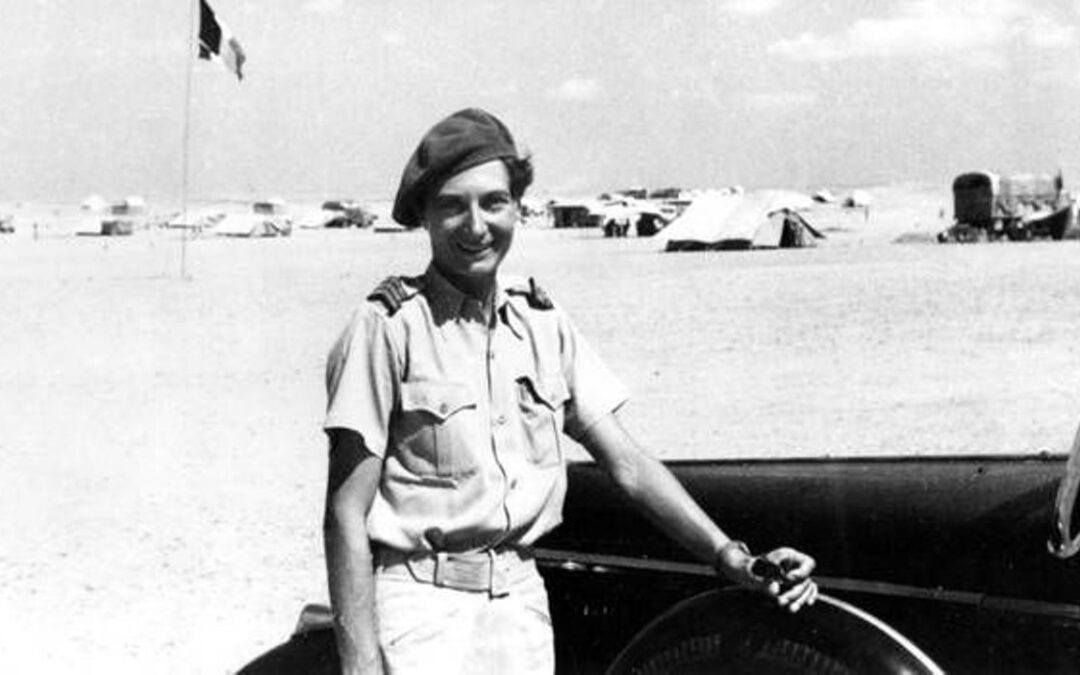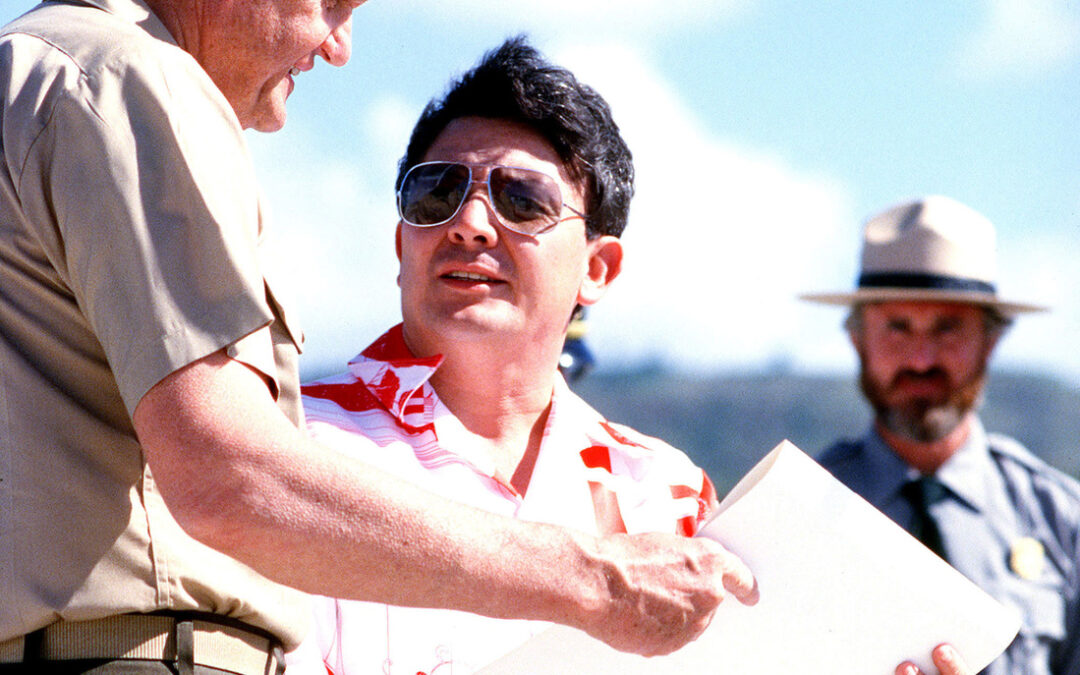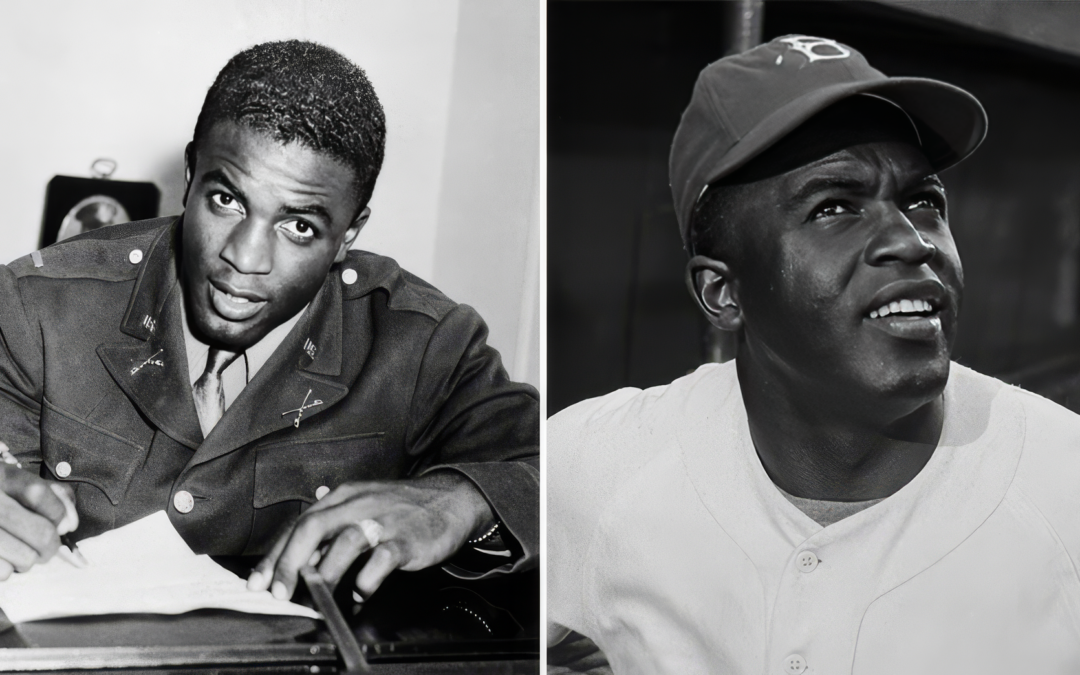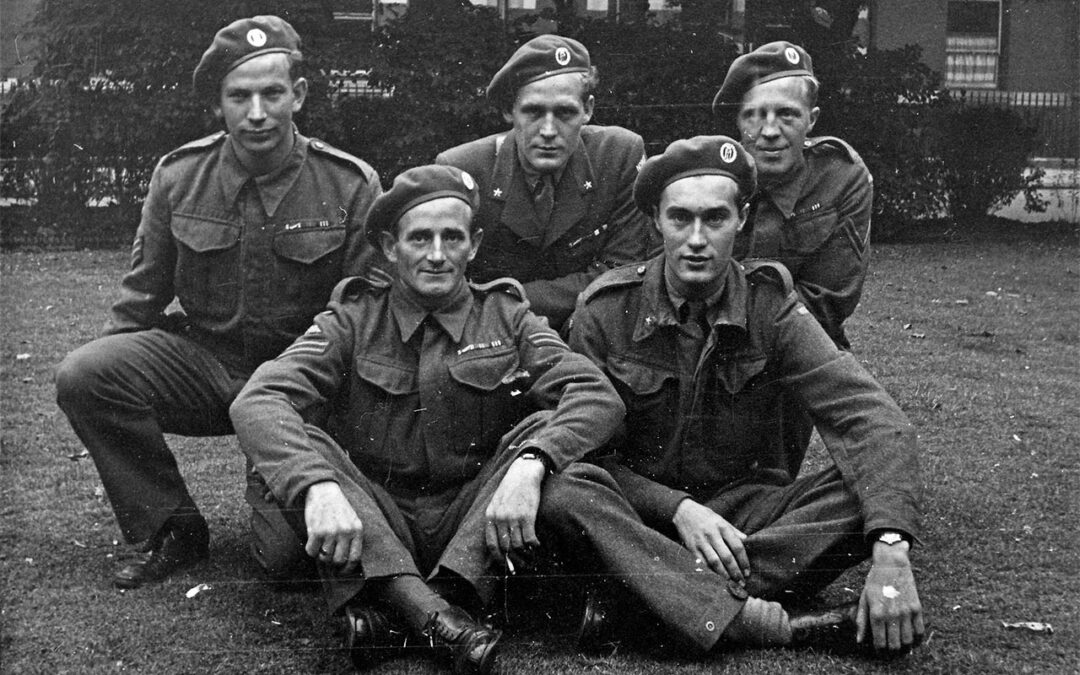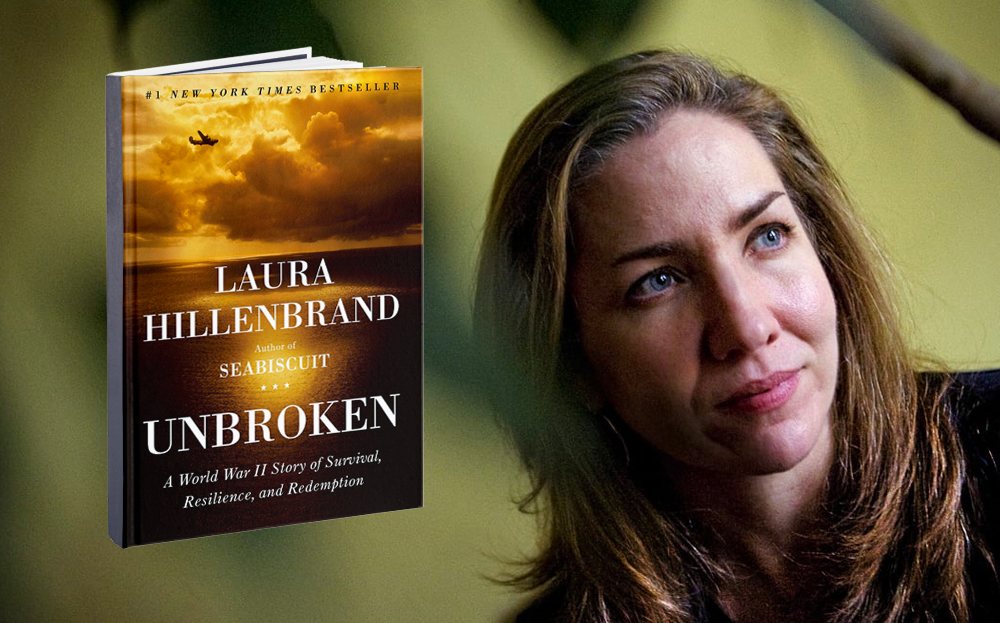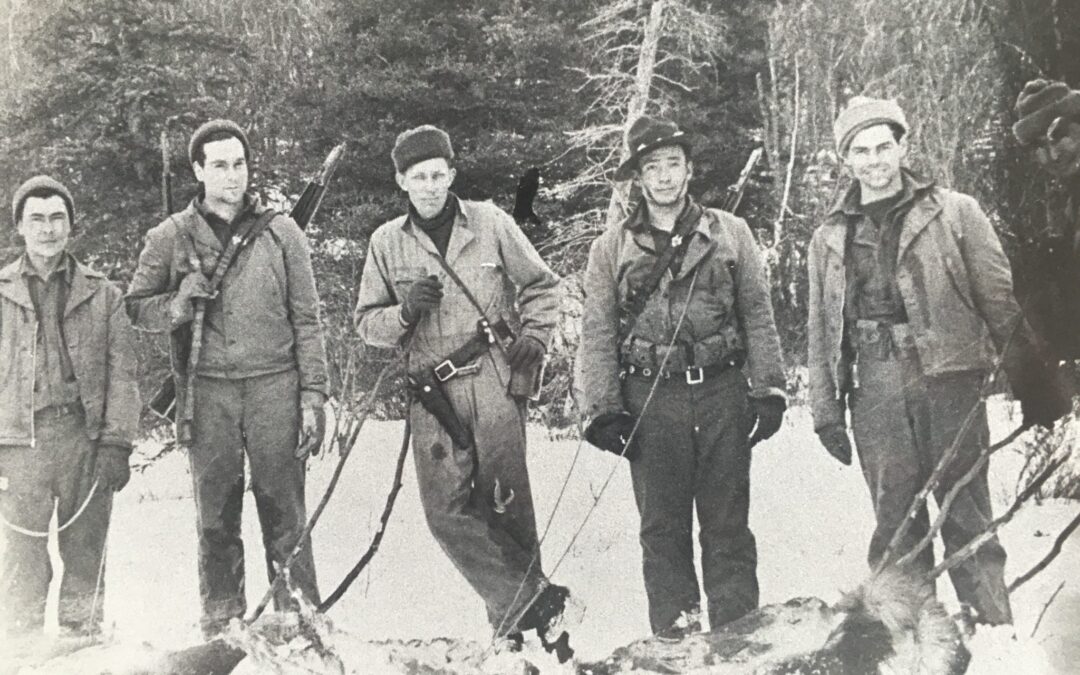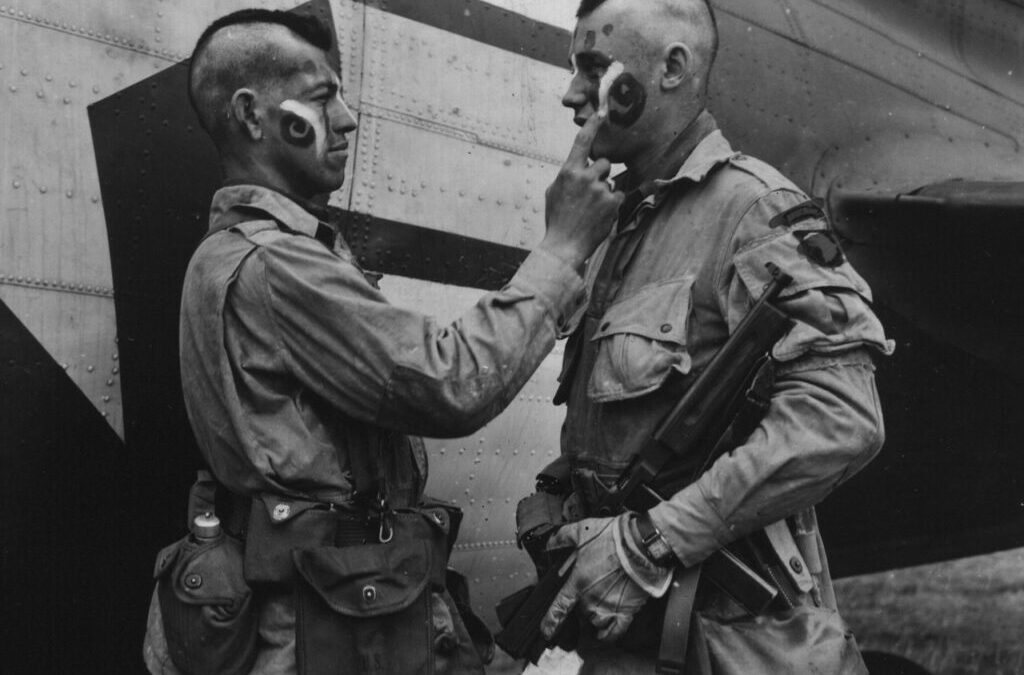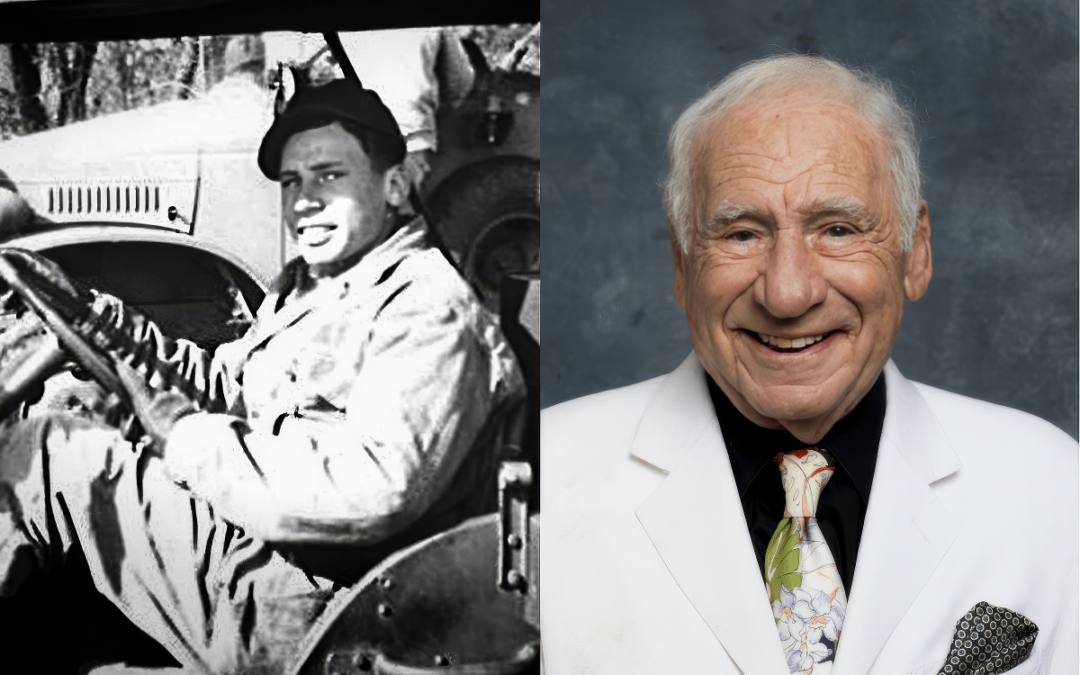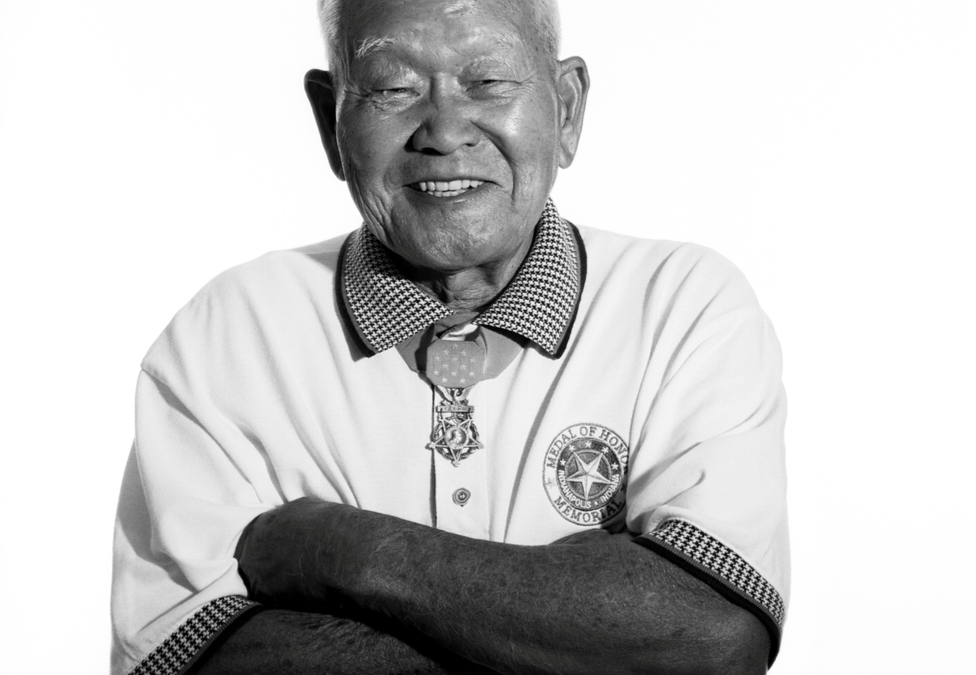The annals of Air Force history are rich with the performance and accomplishments of individual units, but often reflect specific battles, a conflict, or other such moments in time. Due to ever-changing budgets, technology, restructuring, and more, tenure alone is a barrier to the creation of longstanding unit heritage and tradition. Nonetheless, select organizations can trace a significant lineage with associated individual and group exploits. Perhaps not well known to other than their sister units, the 336th Fighter Squadron is one such organization, serving with distinction for eighty years while continually reinventing themselves to embrace advancing fighter aircraft and technology. History of the 336th Fighter Squadron The earliest roots of the 336th Fighter Squadron track to World War II prior to entry of the United States, then known as 133rd Eagle Squadron. The unit was constituted in August 1941 (Coltishall, England) as the third of three British fighter squadrons manned by...
